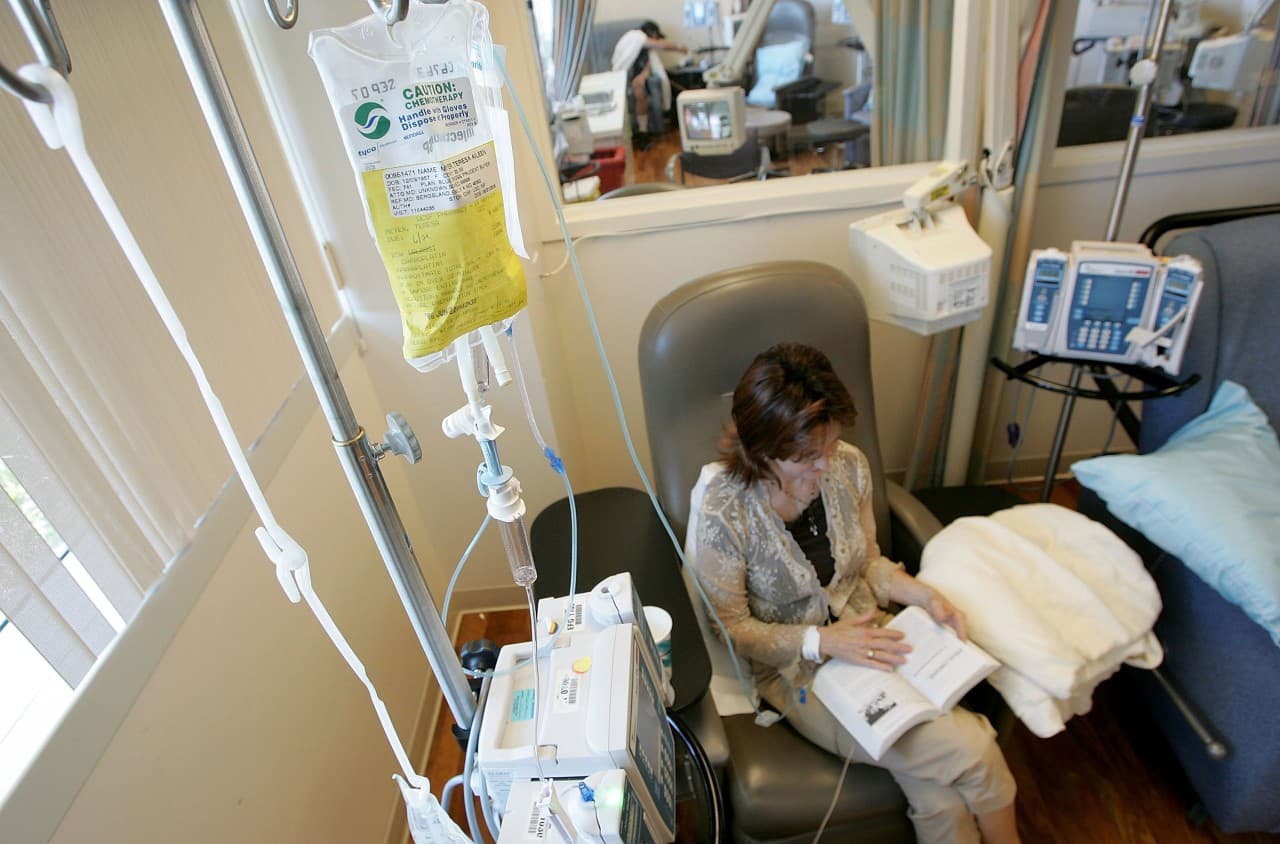

Cisplatin therapy is used in a variety of treatment protocols, but it is most commonly used in gynecological (ovarian and cervical) and head and neck cancers. Hearing loss as a potential side effect of chemotherapy is more likely with chemotherapies that fall into the category of platinum-based drugs, such as cisplatin or carboplatin. How are chemotherapy and hearing loss connected? Hearing loss caused by chemotherapy is generally considered a type of sudden hearing loss, so monitoring hearing before and after treatment with hearing tests is important. One of the potential negative effects of chemotherapy that you may not be aware of is hearing loss. While there are significant benefits of chemotherapy in treating and managing many types of cancers, some of the negative side effects may not always be so obvious.
#KEYMO THERAPY REGISTRATION#
Call 1-88 or complete our new patient registration form online.Treatment for cancer is a difficult time for patients and their families. If you have further questions, you are welcome to talk with an expert at Moffitt.
#KEYMO THERAPY FREE#
A port site is prepared with a sterile technique, which ensures that all surfaces are free of microorganisms and thus greatly reduces the risk of infection (an IV site is prepared with a clean but nonsterile technique).

In addition to streamlining the delivery of chemotherapy medications, a port can provide several other benefits as compared to an IV catheter: Does a chemo port provide any other advantages over an IV catheter? When it is no longer needed, the port can be removed through a relatively simple outpatient procedure. Unlike an IV catheter, which must be reinserted for each treatment session, a port can remain in place as long as necessary – for several weeks, months or even years. How long can a chemo port remain in place? And, while a port will produce a visible, quarter-sized “bump” under the skin, it can be easily covered with regular clothing. Easily accessible by a patient’s treatment team, a port can provide a safer and more efficient medication delivery process than an IV. This can be a good alternative to an intravenous (IV) catheter that is peripherally placed in an arm or hand vein (a suitable IV site can sometimes be difficult to find).
#KEYMO THERAPY SKIN#
Usually, a chemo port is centrally placed under the skin near a large vein in the upper chest. If you’re interested in a chemo port, consider this information provided by the infusion center team at Moffitt Cancer Center. Many people who receive chemotherapy choose to have a port implanted if recommended by their treatment team. The main advantage of this vein-access device is that chemotherapy medications can be delivered directly into the port rather than a vein, eliminating the need for needle sticks. What is a Peripherally Inserted Catheter?Ī chemo port is a small, implantable reservoir with a thin silicone tube that attaches to a vein. Ports for Chemo and Other Uses: Access and Care Ports for Chemo and Other Uses: Overview and Placement


 0 kommentar(er)
0 kommentar(er)
